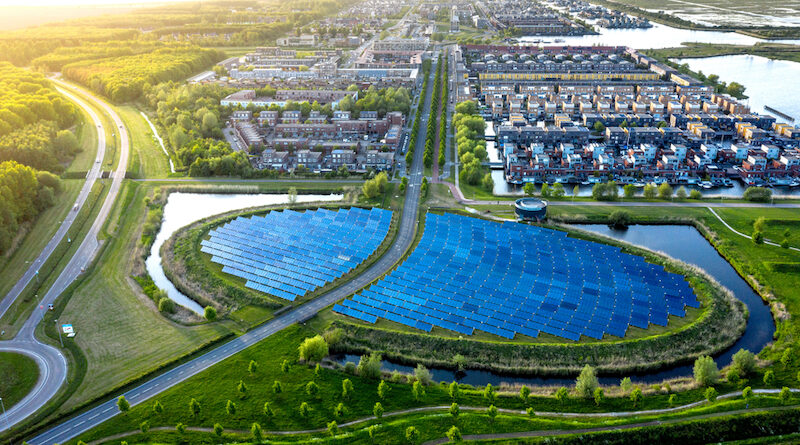
Securing the EU’s green industrial base
Two weeks ago, the European Commission announced two pivotal regulations: the Net-Zero Industry Act (NZIA) and the Critical Raw Materials Act (CRMA). While some attribute these acts to ‘open strategic autonomy’, others view them as a response to the American Inflation Reduction Act (IRA). For me, these regulations are in the first place crucial to establish a regulatory environment that will accelerate the green transition and secure the EU’s green industrial base.
Learn from past mistakes
During the Covid and energy crisis, we learned the hard way that being dependent on (single) third countries for crucial parts of your supply chain is not desirable.
We have also learned the hard way that not having the right regulatory environment to keep strategic sectors in Europe can lead to losing a sector entirely, like our solar panel industry that China took over.
What we failed to do for this branch, we are doing better for the battery and chip sectors. By introducing the Battery Regulation and the Chip Act we set the right regulatory environment for these sectors to remain present in the EU. Experiences from the past provide us with good lessons today. How can we prevent us from making the same mistakes or (more ambitious) undo them?.I therefor welcome the Commission’s political aim to limit dependencies of third countries to 65% of the critical raw materials and secure a European production capacity of 40% for strategic net zero technologies.
Do we have a business case?
Setting this 40% targets for EU production capacity of these net-zero technologies is a good idea in theory. But in order to make these targets more than a theoretical number we need to make sure that there is actually a market for these technologies. Otherwise, we are subsidizing a market that does not exist. To create business cases for these technologies, someone has to pay the green premium. The EU should pay this green premium, only if we make sure these technologies have a future in the EU.
To guarantee this European future, we need legislation for all covered net-zero technologies that takes into account and sets conditions for the full value chain, just as the Battery Regulation does for the Battery sector.
The market is a bad master but a good servant
Another critical point missing from the regulations is the link to our existing industry. We need to determine how to match net-zero technologies most efficiently to decarbonise existing industrial sectors. We have to ensure that our industry has access to these technologies without having unfair competition with sectors that have other options to become carbon neutral. A non-existing market cannot be an efficient market. The Commission states that critical raw materials are indispensable for a wide set of strategic sectors, including the net zero industry. However, how these emerging clean tech sectors will get access to these materials in a competitive global market remains a question mark. If we want private investors to invest in these clean tech sectors, they need predictability, which eventually boils down to access to finance and access to raw materials. Let us for example take the case of iridium: an essential critical raw material for electrolysis to produce green hydrogen, which is also used in telecommunication sector. How do we guarantee access for clean tech? How will we allocate these scarce materials taking into account limited supply and high demand in a way that fulfils our European strategic goals.
I believe we need to create a regulatory environment that steers this merit order and prioritises and enables the right clean tech. This is the only way to secure a competitive green industrial base in the EU. Reaching this, is something we cannot leave up to the market, we have to steer the market in this direction.
We need to let the market work for society, not the other way around. As Jens Stoltenberg said: “the market is a bad master but a good servant.
Money is a means not an end
Regarding the financial means necessary to achieve these targets, the discussion is polarized. The European Commission even left it out of the proposal. Generally speaking, we all agree that entering into a subsidy race with the US is a bad idea. Firstly, a race to the bottom ends on the ground, and secondly, competitiveness cannot be built on subsidies. While some want to see a broad flexibilization of state aid rules, others want to see a new European fund with fresh money., I propose a third way. Let us first take stock of all the funds and subsidies we have in the EU, and assess whether they align with our strategic objectives. We could spend a lot of this money in a more targeted way, with stricter green and social conditions, contributing to our strategic goals. Targeting and conditionality in line with our strategic European objectives should be the guiding principles for any (new or old) financial instrument.
Overall, the goal is clear, securing a green industrial base for the EU. How we want to achieve the goal will become clear in the next months when Parliament and Council work on their respective positions.




